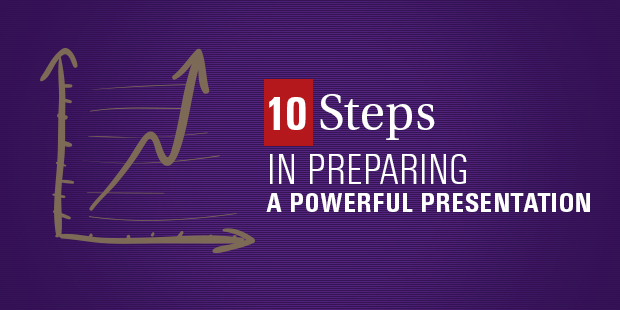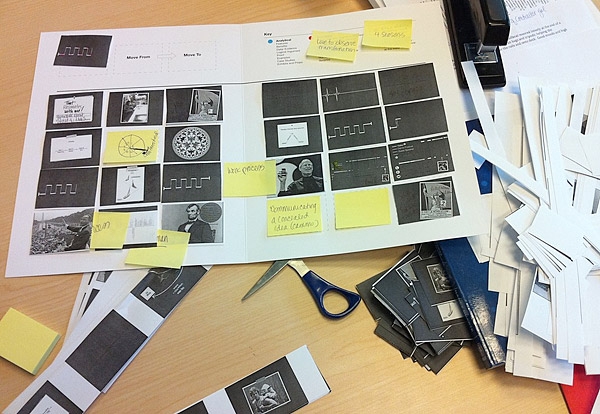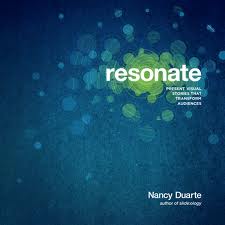
How to Revive a Dead Vision Statement
Most pastors will invest more time on preaching preparation for the next month than they will on vision communication for the next five years. How about you?
That quick experiment is a great way to introduce a special two-part SUMS Remix devoted to the visionary planning problems you must solve.
Will Mancini, founder of Auxano and author of God Dreams, has never had a pastor disagree with him about the simple time analysis above. Most quickly nod with agreement, and understand that something is not quite right about it.
Of the many reasons (let’s be honest… excuses) given, one of the most important is that no one has shown the pastor how to spend time on vision planning. That’s what God Dreams is designed to do. Central to the book’s process is the Horizon Storyline, a tool leaders can use to connect short-term action steps with the long-range dream, while leveraging the power of storytelling to make the plan stick.
Vision Planning Problem #1: You craft a vision statement, but it’s not meaningful enough to talk about after it’s been written.
THE QUICK SUMMARY – Illuminate, by Nancy Duarte
“THE PEOPLE WHO ARE CRAZY ENOUGH TO THINK THEY CAN CHANGE THE WORLD ARE THE ONES WHO DO.”
With these words, Apple Inc., and its leader, Steve Jobs, catalyzed a movement. Whenever Jobs took the stage to talk about new Apple products, the whole world seemed to stop and listen. That’s because Jobs was offering a vision of the future. He wanted you to feel what the world might someday be like, and trust him to take you there.
As a leader, you have the same potential to not only anticipate the future and invent creative initiatives, but to also inspire those around you to support and execute your vision.
In Illuminate, acclaimed author Nancy Duarte and communications expert Patti Sanchez equip you with the same communication tools that great leaders like Jobs, Howard Schultz, and Dr. Martin Luther King Jr. used to move people. Duarte and Sanchez lay out a plan to help you lead people through the five stages of transformation using speeches, stories, ceremonies, and symbols.
This visual and accessible communication guidebook will show you how Apple, Starbucks, IBM, charity:water, and others have mobilized people to embrace bold changes. To envision the future is one thing, getting others to go there with you is another. By harnessing the power of persuasive communication you, too, can turn your idea into a movement.
Solution #1: The Horizon Storyline will teach everybody to use vision everyday.
A SIMPLE SOLUTION
As crazy as it seems, the problem listed above <<repeat problem>> is a common experience. The words become “caged” on paper after the vision retreat or committee meeting. The problem is that vision transfers through people, not paper.
The visionary leader must also be a cultural architect. Transforming the future is made possible because the cultural perspective is held in conscious view. While it’s possible to communicate your vision in many ways, the spoken word has the ability to grip hearts in a way no other medium can.
Only when you pull people together in a room are you able to create a unique opportunity for human connection. Speeches, stories, ceremonies, and symbols become your unique torchbearer kit to help communicate your dream in a compelling and desirable way, helping your travelers long for and help achieve it.
Deliver Speeches
When you deliver a speech, you have the opportunity to explain your ideas and directly address resistance to change. By contrasting the current situation (what is) with the improved reality travelers will enjoy if they embrace your dream (what could be), you’ll be able to make the future more alluring than the present.
Tell Stories
Whereas speeches structurally move back and forth between the present and the future, a story follows a single protagonist’s transformation. We remember stories because they connect our hearts and minds to an idea.
Hold Ceremonies
Ceremonies fulfill a need to express emotion collectively resulting in communal catharsis. Ceremonial acts help travelers envision new behavior or purge old mindsets so they can move forward unencumbered. Use ceremonies to mark important transitions to provide your troops the opportunity for community and commitment.
Use Symbols
Symbols are ordinary artifacts that take on meaning because they were part of a speech, story, or ceremony. They express ideas and emotions in concentrated form. Because of their resonance, symbols become the visual language of a social group. They express people’s thoughts, feelings, and values in a shorthand and sometimes highly charged way.
Nancy Duarte, Illuminate
A NEXT STEP
At your next leadership team meeting, break the team into four groups. Each group will write a compelling story describing what you would like the church to become in the next three to five years. Start the story with “Once upon a time,” and be sure to reveal heroes, villains, battles and victories.
Instruct the teams to utilize all four of the methods listed above. Be sure to give as much detail as possible.
When completed, do these three steps for each:
- Have each group read their story for the rest of the team.
- Ask the other teams to specifically name what possible outcome or reality described that they like best or get most excited about from each story.
- Start a list of short-term actions that are do-able first steps to see that dream become a reality.
Now prioritize the first four action initiatives, assigning a key leader and completion date to each. For more on developing short-term action initiatives refer to Chapter 17 in God Dreams.
Excerpt taken from SUMS Remix 47-1, published July 2016.
Part of a weekly series on 27gen, entitled Wednesday Weekly Reader
Regular daily reading of books is an important part of my life. It even extends to my vocation, where as Vision Room Curator for Auxano I am responsible for publishing SUMS Remix, a biweekly book “summary” for church leaders. Each Wednesday I will be taking a look back at previous issues of SUMS Remix and publishing an excerpt here.

Tags: Illuminate, Nancy Duarte, SUMS Remix, Vision






















